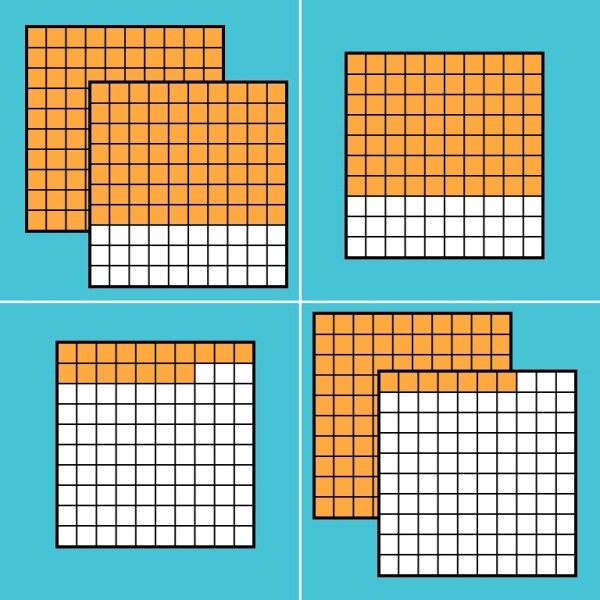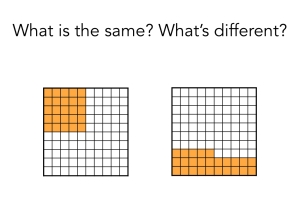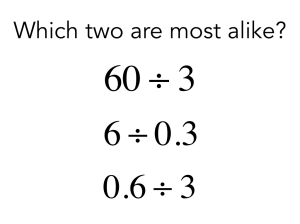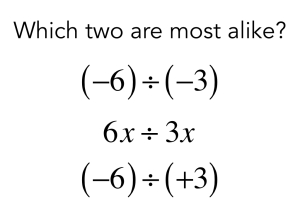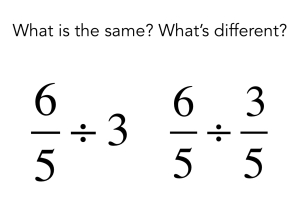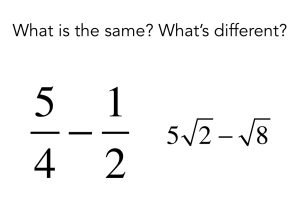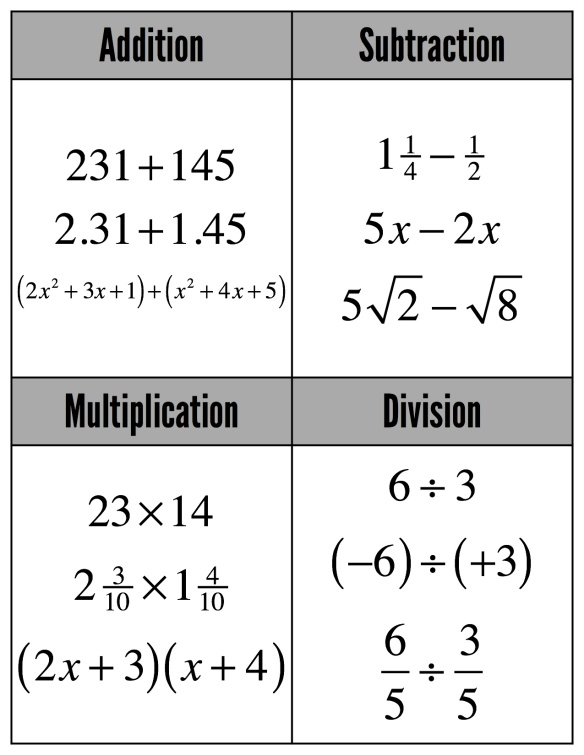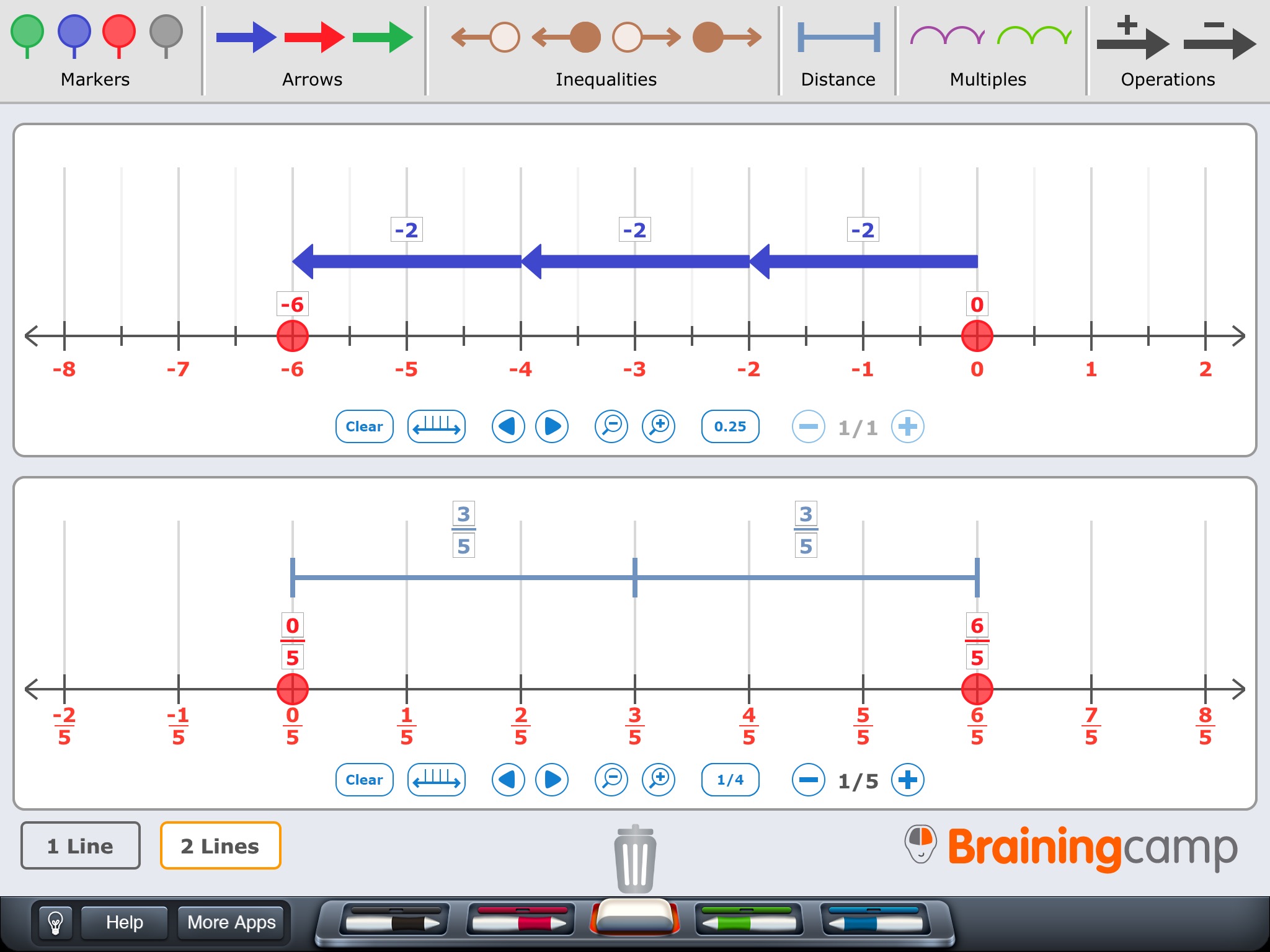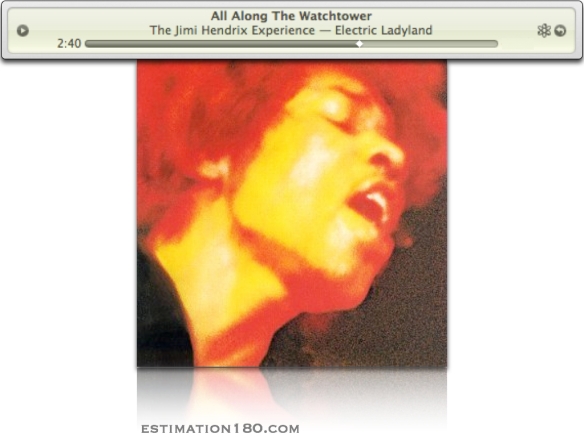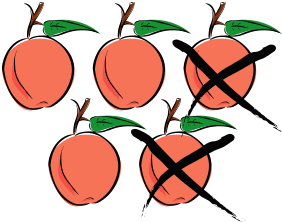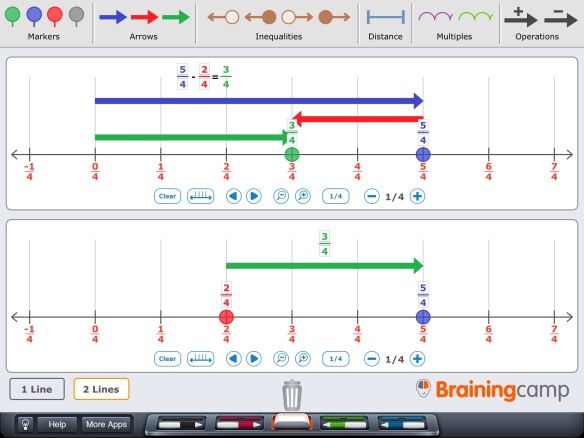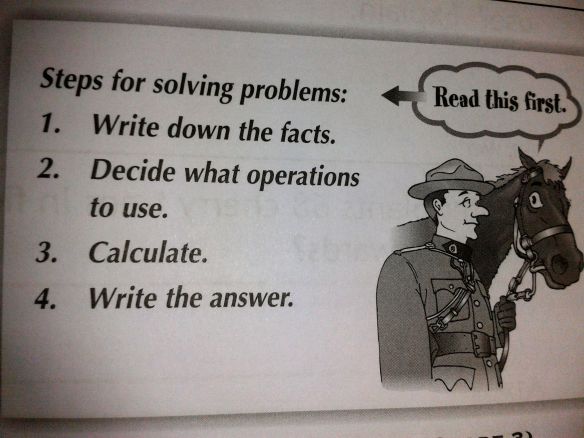I wrote this post two years ago but decided against hitting publish. With the final film in the “Skywalker saga” opening next week, now is as good a time as any. And yes, we have tickets!
Like The Force Awakens and Rogue One, my daughters and I saw The Last Jedi on opening night. It’s become a bit of a Hunter holiday tradition. Gwyneth loves the stories; Keira loves the Porgs. As much as the movies themselves, Gwyneth loves watching and discussing YouTubers’ takes on them — reactions, explanations, theories. She shared this one from New Rockstars with me, which begins with this:
“… Star Wars: The Last Jedi is the most polarizing film of the year, with one of the biggest gaps between critics ratings and audience scores for a major film ever. What the hell is going on here? Why are some people so annoyed with it, saying it ruined what made the original trilogy and The Force Awakens so good? Why are others fanboy crushing so hard over it, calling it the best Star Wars film ever made?”
New Rockstars
This reminded me of another passion of mine: the fundamental meanings of the operations. More specifically, subtraction as difference/comparison rather than take away/removal.
Here are the Rotten Tomatoes scores for The Force Awakens:

Episode I | II | III | IV | V | VI | VII | Rogue One | What is the Tomatometer?
What’s the meaning, in context, of 50 – 90?
We’re measuring the gap between the percentage of professional critics (“Tomatometer rating”) and Rotten Tomatoes users (“Audience Score”) who rate the movie positively. We’re talking comparison, not removal. There’s a difference of 40%. Moreover, the difference here is negative (albeit my minuend/subtrahend decision is kinda arbitrary). This means that The Last Jedi is far less favourable among moviegoers as a group than among professional movie critics. We can compare this gap with that of others in the Star Wars franchise:
Episode IV: A New Hope (1977) → 96 – 93 = +3
Episode V: The Empire Strikes Back (1980) → 97 – 94 = +3
Episode VI: Return of the Jedi (1983) → 94 – 80 = +14
Episode I: The Phantom Menace (1999) → 59 – 55 = +4
Episode II: Attack of the Clones (2002) → 57 – 65 = -8
Episode III: Revenge of the Sith (2005) → 65 – 79 = -14
Episode VII: The Force Awakens (2015) → 88 – 93 = -5
Rogue One: A Star Wars Story (2016) → 85 – 87 = -2
Episode VIII: The Last Jedi (2017) → 50 – 90 = -40
Some patterns emerge. For example, all three films in the original trilogy received positive reviews from critics and audiences alike; all three are Certified Fresh. A greater percentage of Rotten Tomato users than critics liked A New Hope, The Empire Strikes Back, and Return of the Jedi: Audience Score – Tomatometer rating > 0. The Force Awakens and Rogue One received similar positive reviews, again from critics and audiences alike. However, these recent movies rated a little lower among audiences than among critics: Audience Score – Tomatometer rating < 0.
We can use absolute value to measure agreement between the two groups. For A New Hope, The Empire Strikes Back, The Phantom Menace, The Force Awakens, and Rogue One, |Audience Score − Tomatometer rating| ≤ 5. Rotten or fresh, there’s consensus. For The Return of the Jedi and Revenge of the Sith, |Audience Score − Tomatometer rating| = 14. Still, a relatively small difference of opinions.
The Last Jedi breaks this trend. Professional critics place it alongside fellow Disney films The Force Awakens and Rogue One. RT users score it lower than the prequels. Below Binks!
Movies may be more engaging than the usual contexts for integers — a diversion from temperatures and bank balances. Thinking about this data graphically may have more potential.


It’s very similar to my take on the food graph, with movie critics in place of nutritionists in the role of expert. Gwyneth played along as I asked “What’s going on in this graph?”. We predicted where some of our favourite movies would land. We explained our reasoning. We compared our predictions with Rotten Tomato data. And then we shut down the laptop and rewatched The Empire Strikes Back.
The data for eight of these nine movies hasn’t changed much in two years. The outlier? Yep, The Last Jedi. The difference is now up to — or down to? — negative forty-eight (Audience Score: 43; Tomatometer rating: 91).



